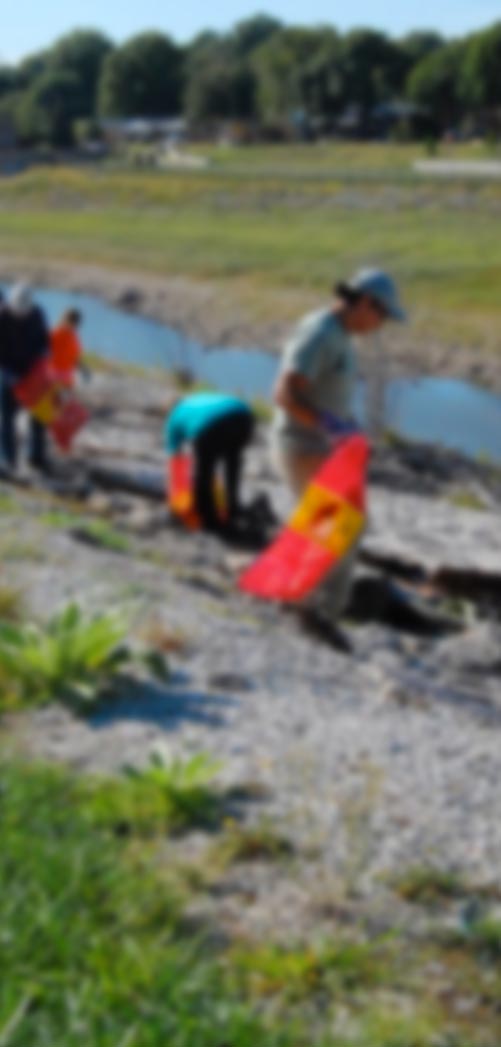As part of an education campaign to help the community understand sediment and erosion and the issues it causes, the Cashmere Stream Working Group and the Christchurch West Melton Water Zone Committee have placed posters around Cashmere and Mount Pleasant, encouraging people who see sediment to report it.
The education campaign aims to raise awareness of sediment and erosion issues in the Cashmere Stream and the Heathcote/Ōpāwaho River and encourage people who see sediment to report it.
Education first: understanding sediment
The Port Hills are covered in fine sediment called “loess”. Where this becomes exposed, it can easily be washed out with rain.
Key sources of sediment coming from the Port Hills include:
- exposed soils from forestry and inadequate forestry riparian buffers
- poorly constructed and maintained recreation tracks
- unfenced waterways resulting in loss of vegetation
- loss of vegetation due to fire
- exposed soils during subdivision development, and
- poorly performing and managed sediment and erosion control strategies.
Sediment that leaves properties in the Cashmere and Port Hills areas ends up on footpaths, in gutters, and on roads. When it rains it washes into the Cashmere Stream, which feeds into the Heathcote/Ōpāwaho River.
Sediment smothers the habitat for fish and insects, making it harder for fish to see their food. It makes the river look dirty and makes it more likely to flood.
Chair of the Christchurch West Melton Water Zone Committee, Kevin Brown, said the aim is to get people thinking about what the source of dirty water might be when it rains, but equally, where dirt ends up once it’s made its way onto roads, footpaths, and into gutters.
“Residents may have seen the posters encouraging people to report sediment issues to Environment Canterbury and Christchurch City Council (CCC), through the 0800 765 588 incident response number," Brown said.
Schools and community groups have also been encouraged to share the message with their students, parents, members, and others.
Industry informed of sediment control practices
In previous years, the Committee and Environment Canterbury have organised well-attended seminars for developers and construction workers on methods to control sediment run-off.
As part of our educational approach, several hundred industry and building sites were visited by our staff over the winter, to assess sediment and erosion control methods and provide information on how to manage sediment and erosion issues in the Cashmere catchment.
A significant number of sites were well informed when it came to the risk and mitigation of sediment and erosion on building sites, so the campaign’s scope was widened to other areas of Christchurch.
The campaign will be repeated in other areas of Canterbury facing similar sediment issues.
Working group advocating hard
At its August meeting, the Cashmere and Port Hills Working Group received a presentation from Environment Canterbury and CCC staff.
The Group is now working on priority areas for sediment and erosion control in Cashmere and Port Hills areas. These include themes such as:
- collaboration, specialisation, planning, efficiency
- celebrating those being proactive
- communication and engagement with both industry and community
- defining guidelines in the sediment and erosion toolbox, and
- prioritising sediment and erosion control.
Staff, committee and working groups members will also be completing a ‘rainy day inventory’ to identify and locate some of the worst offending locations in the Cashmere and wider Port Hills.
This will be carried out following the next heavy rain, with the information gathered used to help staff target their efforts for future education and information.
See sediment, report it
If you see sediment or erosion issues during heavy rains or surrounding building/construction sites, call our incident response hotline on 0800 765 588. Once we know, we can investigate.
